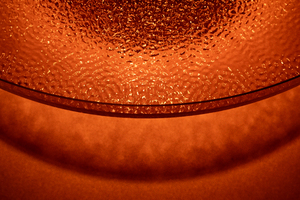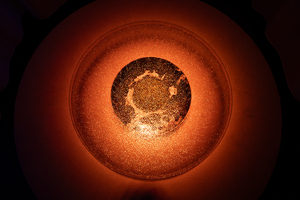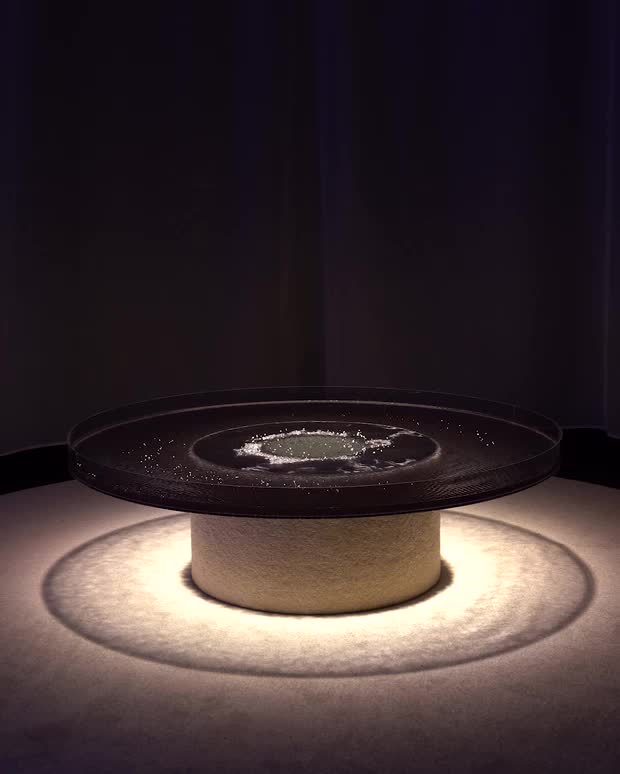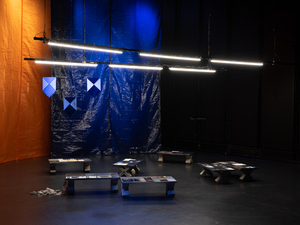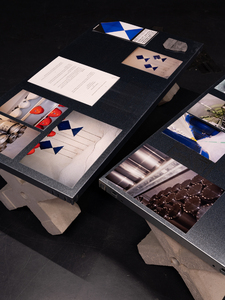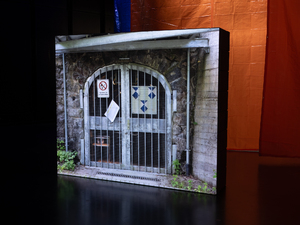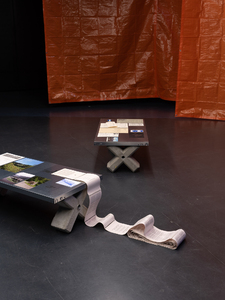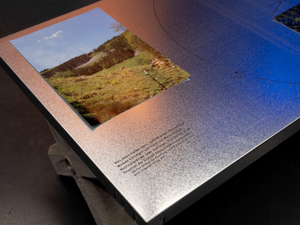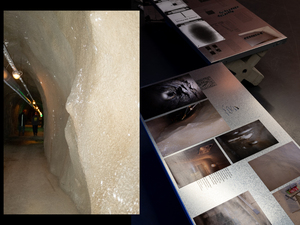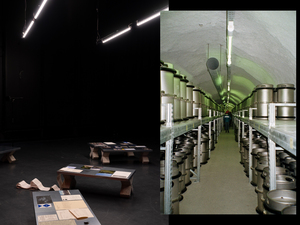"Alle Rechte vorbehalten"
| Begriff | Alle Rechte vorbehalten |
| Metakey | Rechtsschutz/Lizenz (rights:licence) |
| Typ | Keyword |
| Vokabular | Rechte |
1820 Inhalte
- Seite 1 von 152
Bilder Ausstellung
- Titel
- Bilder Ausstellung
- Autor/in
- Kategorie
- Schlagworte
- Datierung
- 24.10.2024
- Titel
- Bilder Ausstellung
- Titel (en)
- Images exhibition
- Urheberrechtshinweis
- © Joshua Weber
- Rechtsschutz/Lizenz
- Freigabe Nutzung HfG
- Medienersteller/in
- Beziehung/Funktion
- Medien-Beschreibung
- Die Objekte der Ausstellung und ihr Erlebnis
- Medien-Beschreibung (en)
- The objects of the exhibition and the experience
- Projektleiter/in
- Semester
- Studiengang
- Typ der Abschlussarbeit
- Importiert am
- 03.11.2024
- Übergeordnete Sets
- 1
Bilder Ausstellung
- Titel
- Bilder Ausstellung
- Autor/in
- Kategorie
- Schlagworte
- Datierung
- 24.10.2024
- Titel
- Bilder Ausstellung
- Titel (en)
- Images exhibition
- Urheberrechtshinweis
- © Joshua Weber
- Rechtsschutz/Lizenz
- Freigabe Nutzung HfG
- Medienersteller/in
- Beziehung/Funktion
- Medien-Beschreibung
- Die Objekte der Ausstellung und ihr Erlebnis
- Medien-Beschreibung (en)
- The objects of the exhibition and the experience
- Projektleiter/in
- Semester
- Studiengang
- Typ der Abschlussarbeit
- Importiert am
- 03.11.2024
- Übergeordnete Sets
- 1
Video Objekt 3
- Titel
- Video Objekt 3
- Autor/in
- Kategorie
- Typ des Projekts/Werks
- Schlagworte
- Datierung
- 24.10.2024
- Titel
- Video Objekt 3
- Titel (en)
- Video Object 3
- Urheberrechtshinweis
- © Joshua Weber
- Rechtsschutz/Lizenz
- Freigabe Nutzung HfG
- Medienersteller/in
- Beziehung/Funktion
- Medien-Beschreibung
- Videoaufnahme von Objekt 3 in Aktion
- Medien-Beschreibung (en)
- Video recording of object 3 in action
- Projektleiter/in
- Semester
- Studiengang
- Typ der Abschlussarbeit
- Importiert am
- 03.11.2024
- Übergeordnete Sets
- 1
approx. 3km, as the crow flies, from the Schauinsland Peak.
- Titel
- approx. 3km, as the crow flies, from the Schauinsland Peak.
- Autor/in
- Titel
- approx. 3km, as the crow flies, from the Schauinsland Peak.
- Urheberrechtshinweis
- © Isabel Motz
- Rechtsschutz/Lizenz
- Freigabe Nutzung HfG
- Projektleiter/in
- Semester
- Studiengang
- Typ der Abschlussarbeit
- Importiert am
- 04.11.2024
- Übergeordnete Sets
- 1
approx. 3km, as the crow flies, from the Schauinsland Peak.
- Titel
- approx. 3km, as the crow flies, from the Schauinsland Peak.
- Autor/in
- Titel
- approx. 3km, as the crow flies, from the Schauinsland Peak.
- Urheberrechtshinweis
- © Isabel Motz
- Rechtsschutz/Lizenz
- Freigabe Nutzung HfG
- Projektleiter/in
- Semester
- Studiengang
- Typ der Abschlussarbeit
- Importiert am
- 04.11.2024
- Übergeordnete Sets
- 1
approx. 3km, as the crow flies, from the Schauinsland Peak.
- Titel
- approx. 3km, as the crow flies, from the Schauinsland Peak.
- Autor/in
- Titel
- approx. 3km, as the crow flies, from the Schauinsland Peak.
- Urheberrechtshinweis
- © Isabel Motz
- Rechtsschutz/Lizenz
- Freigabe Nutzung HfG
- Projektleiter/in
- Semester
- Studiengang
- Typ der Abschlussarbeit
- Importiert am
- 04.11.2024
- Übergeordnete Sets
- 1
approx. 3km, as the crow flies, from the Schauinsland Peak.
- Titel
- approx. 3km, as the crow flies, from the Schauinsland Peak.
- Autor/in
- Titel
- approx. 3km, as the crow flies, from the Schauinsland Peak.
- Urheberrechtshinweis
- © Isabel Motz
- Rechtsschutz/Lizenz
- Freigabe Nutzung HfG
- Projektleiter/in
- Semester
- Studiengang
- Typ der Abschlussarbeit
- Importiert am
- 04.11.2024
- Übergeordnete Sets
- 1
approx. 3km, as the crow flies, from the Schauinsland Peak.
- Titel
- approx. 3km, as the crow flies, from the Schauinsland Peak.
- Autor/in
- Titel
- approx. 3km, as the crow flies, from the Schauinsland Peak.
- Urheberrechtshinweis
- © Isabel Motz
- Rechtsschutz/Lizenz
- Freigabe Nutzung HfG
- Projektleiter/in
- Semester
- Studiengang
- Typ der Abschlussarbeit
- Importiert am
- 04.11.2024
- Übergeordnete Sets
- 1
approx. 3km, as the crow flies, from the Schauinsland Peak.
- Titel
- approx. 3km, as the crow flies, from the Schauinsland Peak.
- Autor/in
- Titel
- approx. 3km, as the crow flies, from the Schauinsland Peak.
- Urheberrechtshinweis
- © Isabel Motz
- Rechtsschutz/Lizenz
- Freigabe Nutzung HfG
- Projektleiter/in
- Semester
- Studiengang
- Typ der Abschlussarbeit
- Importiert am
- 04.11.2024
- Übergeordnete Sets
- 1
approx. 3km, as the crow flies, from the Schauinsland Peak.
- Titel
- approx. 3km, as the crow flies, from the Schauinsland Peak.
- Autor/in
- Titel
- approx. 3km, as the crow flies, from the Schauinsland Peak.
- Urheberrechtshinweis
- © Isabel Motz
- Rechtsschutz/Lizenz
- Freigabe Nutzung HfG
- Projektleiter/in
- Semester
- Studiengang
- Typ der Abschlussarbeit
- Importiert am
- 04.11.2024
- Übergeordnete Sets
- 1
approx. 3km, as the crow flies, from the Schauinsland Peak.
- Titel
- approx. 3km, as the crow flies, from the Schauinsland Peak.
- Autor/in
- Titel
- approx. 3km, as the crow flies, from the Schauinsland Peak.
- Urheberrechtshinweis
- © Isabel Motz
- Rechtsschutz/Lizenz
- Freigabe Nutzung HfG
- Projektleiter/in
- Semester
- Studiengang
- Typ der Abschlussarbeit
- Importiert am
- 04.11.2024
- Übergeordnete Sets
- 1
approx. 3km, as the crow flies, from the Schauinsland Peak.
- Titel
- approx. 3km, as the crow flies, from the Schauinsland Peak.
- Autor/in
- Titel
- approx. 3km, as the crow flies, from the Schauinsland Peak.
- Urheberrechtshinweis
- © Isabel Motz
- Rechtsschutz/Lizenz
- Freigabe Nutzung HfG
- Projektleiter/in
- Semester
- Studiengang
- Typ der Abschlussarbeit
- Importiert am
- 04.11.2024
- Übergeordnete Sets
- 1
